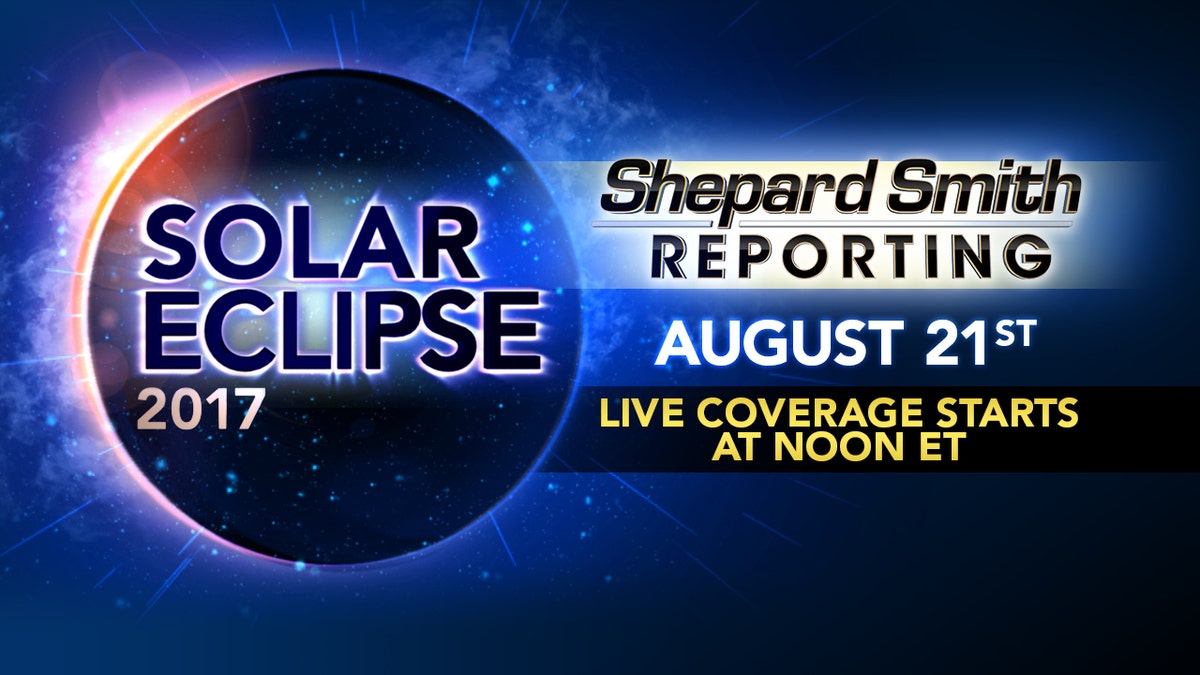Total solar eclipse of 2017: What to know
A total solar eclipse will happen on August 21, 2017. Astrophysicist Neil DeGrasse Tyson explains the rare event and discusses why he’s calling it 'America's eclipse'
NASA has issued guidelines on how to watch next month's Great American Total Solar Eclipse.
The government agency noted the only safe way to look directly at partially eclipsed or uneclipsed Sun are via special-purpose solar filters, including "eclipse glasses" or hand-held solar viewers.
'GREAT AMERICAN ECLIPSE' 2017: WHAT IT IS, WHEN IT'S HAPPENING AND WHY YOU HAVE TO SEE IT
"Homemade filters or ordinary sunglasses, even very dark ones, are not safe for looking at the Sun," NASA wrote in its guidelines.

NASA added that four manufacturers have certified their eclipse glasses meet the international standards: Rainbow Symphony, American Paper Optics, Thousand Oaks Optical and TSE 17.
NASA has also said that the solar filter should be inspected prior to use. If it is scratched or damaged in an way, it should be discarded. Children should also be carefully supervised when using social filters, NASA said.
Prior to look at the Sun, NASA said users must "stand still and cover [their] eyes with [their] eclipse glasses or solar viewer before looking up at the bright Sun." Once they've done that, they should turn away from the Sun and remove the filter, expressly stating the filter should not be removed while still looking at the Sun.

Additionally, the Sun or eclipse should not be viewed with an unfiltered camera, telescope, binocular or telescope, for fear of "serious injury" to your eyes.
SOLAR ECLIPSE DAY CRAZINESS COULD RESEMBLE THE ZOMBIE APOCALYPSE — ARE YOU READY?
Lastly, NASA said if viewers are within the "path of totality" (a swath of the U.S. stretching from South Carolina to Oregon), the solar filter should only be removed when the Moon complete cover's the Sun and it gets very dark. As the Sun reappears, the solar viewer should be put back on to look at the rest of the eclipse.
A total solar eclipse (the first since 1979) is slated to happen on August 21 and will be visibile across all of North America. A partial solar eclipse will last between two and three hours, with the whole continent experiencing the phenomenon.
The Moon will completely block the Sun for approximately 2 minutes and 40 seconds, with stars and planets becoming visible, as well as the Sun's outer atmosphere, something NASA described as "one of nature’s most awesome sights."





















